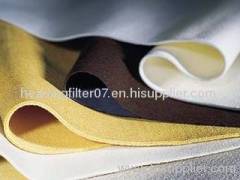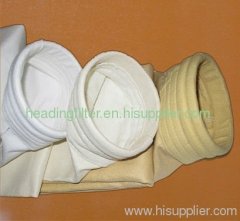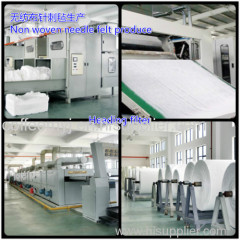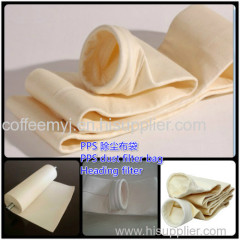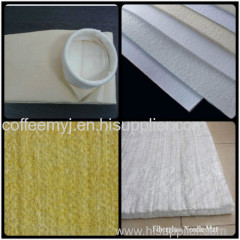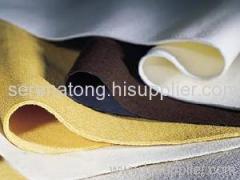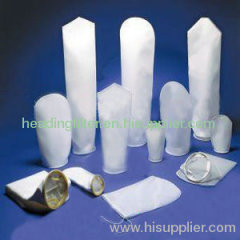
Polypropylene Nonwoven Needle Felt
1.0~5.0 USD
| Min. Order: | 1000 Square Meter |
|---|---|
| Trade Term: | FOB |
| Payment Terms: | L/C, D/P, D/A, T/T |
| Supply Ability: | 100000sqm |
Company Profile
| Location: | Taizhou, Zhejiang, China (Mainland) |
|---|---|
| Business Type: | Manufacturer, Trading Company |
Product Detail
| Model No.: | HD-PP |
|---|---|
| Means of Transport: | Ocean |
| Structure: | Bag Filter |
| Function: | Air Filter |
| Material: | Microfiber |
| Brand Name: | Heading Filter |
| Production Capacity: | 100000sqm |
| Packing: | polyester bag with water proof |
| Delivery Date: | within 10 days after receive the T/T payment |
Product Description
Polypropylene Nonwoven Needle Felt
Listing Description
1)Excellent resistant to hydrolysis, acids and alkalies.
2)Smooth surface, good air permeability
3)Lower fiber release, Lower density
4)High mechanical characteristics
Applications
Galvanic industry and Chemical industry Prefiltering solvents and acids
Prefilter to extend final filter life Final filter for noncritical filtrations
Liquid-solid sepration with strong acid and alkali conditions filter press
Air filtration under 90℃
Specification
Material | Polypropylene/polypropylene scrim | ||||
Weight(g/m2) | 500 | 550 | 600 | 650 | |
Thickness(mm) | 2.0 | 2.2 | 2.4 | 2.6 | |
Air permeability(m3/m3/min) | 12.6 | 10.8 | 9.6 | 8.4 | |
Tensile Strength(N/5X20cm) | Warp | >960 | >1150 | >1350 | >1500 |
Weft | >1060 | >1400 | >1650 | >1800 | |
Tensile elongation(%) | Warp | <35 | <35 | <35 | <35 |
Weft | <55 | <55 | <55 | <55 | |
Working temperature(℃) | Continues | <90 | <90 | <90 | <90 |
Instant | 110 | 110 | 110 | 110 | |
Anti-acid | Excellent | Excellent | Excellent | Excellent | |
Anti-alkali | Excellent | Excellent | Excellent | Excellent | |
Anti-abrasion | Excellent | Excellent | Excellent | Excellent | |
Finishing treatment | Singeing or high temperature press | ||||
Features:
Polypropylene is a relatively low temperature fiber with quite excellent chemical resistance which finds use in specialist applications such as the chemical industry.
The fibers cannot hydrolyse, the only chemical weakness being a susceptibility to oxidising agents. Other than that they can be used almost universally provided the temperature is below 90°C.The fiber is of a low density (it floats in water) and so a given denier of fiber is much larger in diameter than the polyester equivalent. This leads to felts being quite thick, almost 50% thicker than for the same polyester weight.The fiber is very prone to static build up so the felts are often augmented by the incorporation of either conductive fibers or a conductive scrim or a combination of the two. This then helps to dissipate potential static electric discharges.


